There is no future for fur in Europe
In 2023, the impact of sustained efforts by GAIA and other animal protection organizations to end the fur trade became increasingly evident. The global number of animals killed for their fur dropped by nearly 40%, signaling a profound shift in both industry practices and public sentiment. Europe has played a pivotal role in this transformation, with the sector contracting by 75% in under a decade. These developments underscore a growing consensus that fur production is an inhumane and outdated practice that has no place in modern society.
The statistics reflect a clear trend: within the last ten years, the number of animals slaughtered for fur in the European Union has plummeted from 44 million to just 7 million. As a result, millions of sables, foxes, and raccoon dogs have been spared from brutal deaths. Concurrently, the number of fur farms in Europe has dramatically decreased from 4,350 in 2018 to just 1,088 in 2023. Once dominant players in the fur industry, countries such as Poland and Finland have experienced sharp declines in fur production. At the same time, 15 EU nations, including the Netherlands, Italy, and Belgium, have implemented outright bans on fur farming.
For GAIA, 2023 represented a particularly significant milestone: fur farming was officially abolished in Belgium. Historically, up to 150,000 animals were killed annually for their pelts in the country. However, through legislative action and shifting societal values, Belgium has decisively severed ties with this industry. Despite this achievement, challenges remain. Luxury fashion houses—including Louis Vuitton, Dior, and Hermès—continue to sell fur within Belgium, perpetuating the demand for an industry that is increasingly being rejected on ethical grounds.
“The sharp decline in demand for fur and the widespread public condemnation of the industry demonstrates that the time has come to abandon this cruel practice entirely. GAIA is therefore advocating for a comprehensive ban on the sale of fur in Belgium. Such a measure would set a powerful precedent for the rest of Europe and mark a decisive step toward ending the suffering of millions of animals.” — Ann De Greef, Director of GAIA
The diminishing presence of the fur industry is not confined to Europe. Even in China—the world’s largest producer of fur—output has more than halved since 2022. This decline underscores the effectiveness of global awareness campaigns and the increasing shift in consumer behavior toward ethical and sustainable choices. As the fur trade continues to contract worldwide, it is clear that the collective efforts of advocacy groups, policymakers, and the public are making a tangible impact.
The message is unequivocal: declining production, waning demand, and mounting public opposition to fur demonstrate that the world is ready to turn the page on this cruel industry. Now is the time to take decisive action and implement lasting reforms to ensure a future free from fur exploitation.

